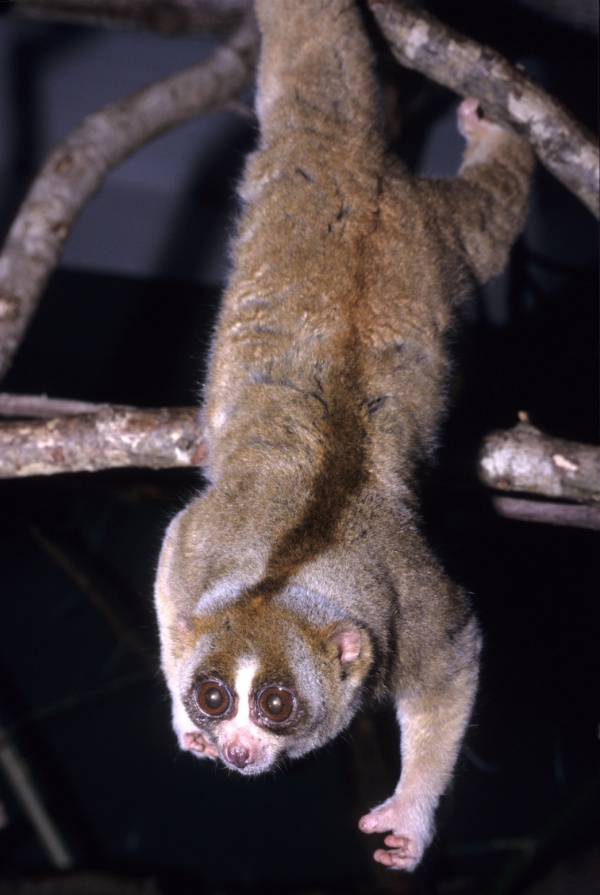Facts About Slow loris
Slow lorises are enchanting nocturnal primates indigenous to Southeast Asia and its adjacent regions. Initially considered a single species, scientists now acknowledge at least eight distinct species, including the Sunda slow loris, Bengal slow loris, and pygmy slow loris. One of their most intriguing features is their toxic bite, derived from a gland located on their arm—an uncommon defense mechanism in the animal kingdom. These small creatures are easily recognizable by their unique color patterns, large eyes, and their specialized grip, which allows them to cling to branches with a pincer-like hold.
The evolutionary history of slow lorises is challenging to unravel due to a sparse fossil record and inconsistent results from molecular studies. Their slow and silent movements aid in evading predators. While humans pose the greatest threat to them, they also face natural predators such as snakes, eagles, and orangutans. Slow lorises primarily communicate through scent marking and have a slow reproductive rate, with mothers either carrying their infants or leaving them safely on branches.
Tragically, all slow loris species are classified as "Vulnerable" or "Endangered" on the IUCN Red List, primarily due to habitat destruction and the illegal wildlife trade. They face significant threats from habitat fragmentation and unsustainable demand for them as pets and for use in traditional medicine. Despite legal protections, slow lorises are still openly sold in animal markets and smuggled across borders.
Anatomically, slow lorises possess several unique features. Their toxic bite, distinctive dental structure, and various adaptations for an arboreal lifestyle set them apart. They are omnivores, with a diet that includes insects, fruits, tree gums, and other vegetation. Their venomous bite is particularly rare among mammals and serves as an effective defense against predators and rivals.
Conservation efforts for slow lorises focus on mitigating habitat loss, enforcing trade regulations, and raising awareness about the illegal pet trade. The wildlife trade poses a significant threat, leading to high mortality rates during transport and severe health issues for those that survive. Many people mistakenly believe that slow lorises make good pets, unaware of their complex care requirements and the danger posed by their venom. Ensuring the survival of slow lorises necessitates protecting their natural habitats and curbing illegal trading practices.

 Laos
Laos